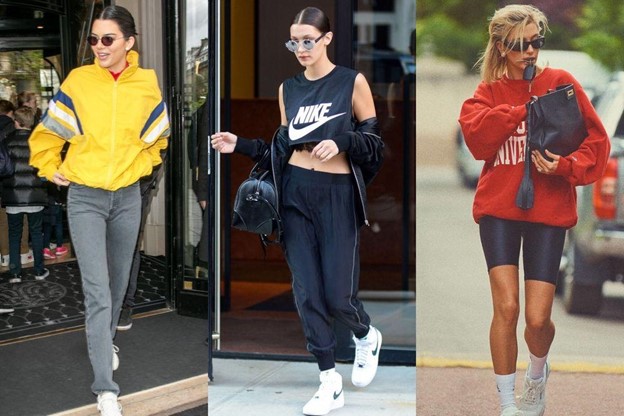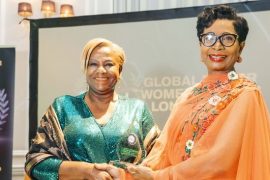If you regularly people-watch, you may have noticed that jeans and slacks are becoming a little less common. Certain brands and labels have made more appearances, and sweatpants are selling out as compared to a few years ago. Back then, there were articles you would find in a gym or workout videos. Now you will find people spotting workout tights and Nike hoodies whilst chilling or watching a movie. This fashion trend is athleisure, and it is here to stay.
A hybrid clothing style known as athleisure is generally used for athletic activities and in other places, including the workplace, school, or different casual or social settings.
Yoga pants, tights, sneakers, leggings, and shorts that “look like athletic wear” are examples of athleisure outfits. Athleisure is defined as “fashionable, dressed-up sweats and workout clothing.”
Athleisure can be considered a fashion industry movement, enabled by improved textile materials, which allow sportswear to be more versatile, comfortable, and fashionable.
According to some, women wearing yoga pants gave rise to the athleisure trend of the twenty-first century. According to a different report, the fad started since people could wear them to other settings without having to change, which was more convenient as they did not need to bring an extra gym suit with them when they went from home to work.
Athleisure success may have been because it filled a need left when sportswear was more functional than fashionable. Technology and textile developments have improved the functioning of clothing and footwear, making them lighter, more breathable, and waterproof. The new clothes improve performance since they make it easier for users to go about their daily lives.
The desire to blend the ideas of athletics and leisure has existed since the late 19th century, despite the relatively recent rise of athleisure. Sportswear emerged in the 1870s as individuals sought more functional ways to dress for pastimes like tennis, golf, and bicycling. At this time, sportswear was defined by separates that allowed the wearer greater freedom of movement. It wasn’t until the 1920s that the more relaxed silhouettes of sportswear became a fashion staple, as designers like Coco Chanel and Jean Patou made the look mainstream.
Fitness’ big boom came in the ’70s and ’80s. At-home workouts were rapidly growing in popularity thanks to Jane Fonda’s famous workout tapes and those of other celebrities. Commercialised gyms, fitness centres, spas, and workplace wellness programs were also rising, giving birth to a holistic, healthy lifestyle. This caused a demand for more advanced activewear–clothes explicitly designed for sweating and mobility.
Athleisure clothing is also easy to wear because it doesn’t wrinkle, often has anti-odour properties, and is breathable and durable. Unlike many other clothing trends, athleisure is also suitable for many different types of weather and is usually produced specifically for working out in various weather conditions, including extreme heat or cold. That means it’s the perfect thing to throw on when you’re running errands in the summer, worrying about sweating through your clothes, or you’re headed out in the middle of winter and want to be sure you’re protected from the elements.
So overall, it seems Athleisure is here to stay, and we appreciate its flexibility.





Comments are closed.